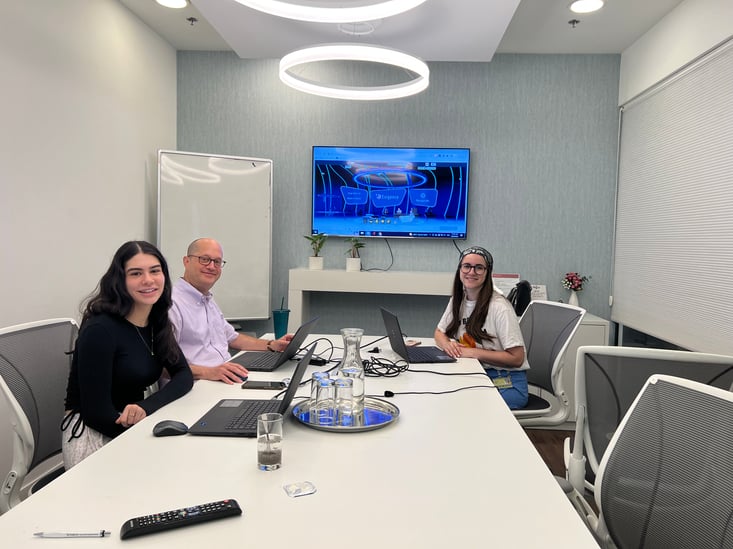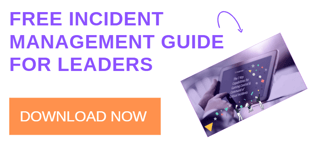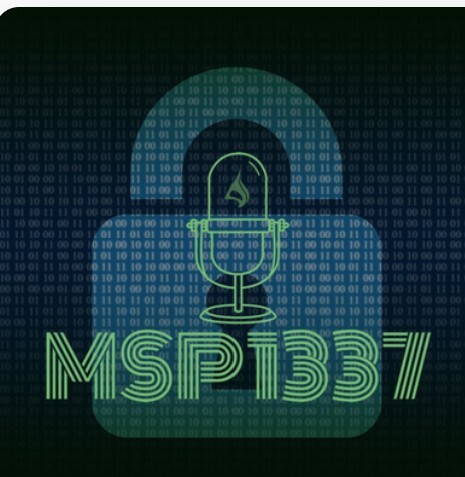
The MIM Expo (Major Incident Management) always delivers, and this year’s recent gathering was no exception.
At this annual event, we always get a unique opportunity to hear about what’s top of mind with major incidents and SRE professionals from all the world.
Among the topics covered this time around, were major incident process creation, the latest tools coming up for faster communication, management, and resolution of major incidents, best practices for planning, conceptualizing, creating, and implementing a major incident practice, and more.
We learned from and engaged with many different leaders from a broad variety of industries, including fintech, banking, and cybersecurity, among others, from just about every continent.
It was very instructive to hear how they handle the challenges of incident management, their biggest pain points, and how to go about overcoming them.
What incident leaders at MIM are focused on
Among the topics that resonated most with the Expo’s attendees are:
- Using robotic process automation for eliminating the need to perform rote, manual work and accelerate processes and trend spotting, while improving the customer experience and employee morale and retention.
- Using machine learning to be proactive and predictive.
- The importance of having a framework where incident status updates are sent only to affected users without having to expose an entire user base to updates they neither need nor want.
- How to make sure that the organization’s risk of losing legal privilege is minimized and preventing confidential Incident Response related communications and documents from being disclosed.
- How to avoid the risk of increased cyber insurance rates, limited coverage, and claims denial.
How to source and attract talent that has the requisite incident management knowhow and skillset.
In the spotlight: reliable data
Another topic that captured a lot of attention was the importance of having access to accurate data and clear ways to present it so everyone is on target in their plan and execution of resolving that incident.
It’s important to keep in mind that when we say clear and accurate data, we’re not only talking about information for the ‘what,’ ‘when,’ and ‘who,’ i.e.:
- What was the incident about?
- When did it occur?
- Where did it occur?
- How much time did it take to resolve?
- Who resolved?
- What troubleshooting steps were taken?
No less, if not more importantly, what we mean is that such data must also illuminate the details behind:
- Which services had been impacted and which related services had not?
- What were the symptoms, including errors and their impact on performance?
- Which escalation steps had been taken?
- Which steps were taken that had proven to be helpful towards a more speedy and efficient resolution?
Which actions are mandatory for restoring specific services with similar incidents moving ahead?
The comprehensive post-mortem report
One of the key beneficiaries of quality data is the post-mortem report. So, when we discussed the post-mortem reports that Exigence enables, it was no surprise that the response was that of great interest.
Namely, this report leverages all the data that Exigence aggregates and has access to, delivering something that’s very comprehensive, going far beyond what-when-who.
For example, it includes clear instructions on how to provide detailed information regarding multiple considerations for a number of incident categories, including:
- Communication, e.g., which team members could or could not be reached;
- Roles, i.e., not only ‘who resolved’ and ‘who was involved’ – but who actually fulfilled each critical role and which of these roles were actively involved;
- Initial rollcall, regarding each participant, their team affiliation, and the details of their onboarding;
- Meetings notes with action items and to whom they are assigned;
- And more.
As the conference came to a close, we recognized how the MIM conference was a great environment, surrounded by like minded people who all work in the incident management space. This led to great conversations and detailed questions since everyone had a grasp on the basics and importance of a robust incident management plan. Additionally, it was eye opening to see all the different ways companies have set up their incident management teams.
We’re inviting you to watch our speakers at the conference, David Abowitt from BlackLine who spoke about selecting an incident management tool and Noam Morginstin, our CEO who gave a demo of Exigence.
A special thanks to our very own Sabrina Vinokur and Jordan Kraut who brought back all these insights and made our attendance at the Expo such a great success.
Want to hear more about these MIM insights? We invite you to reach out to us to get the conversation started, at info@exigence.io
Looking forward to getting the discussion started!










